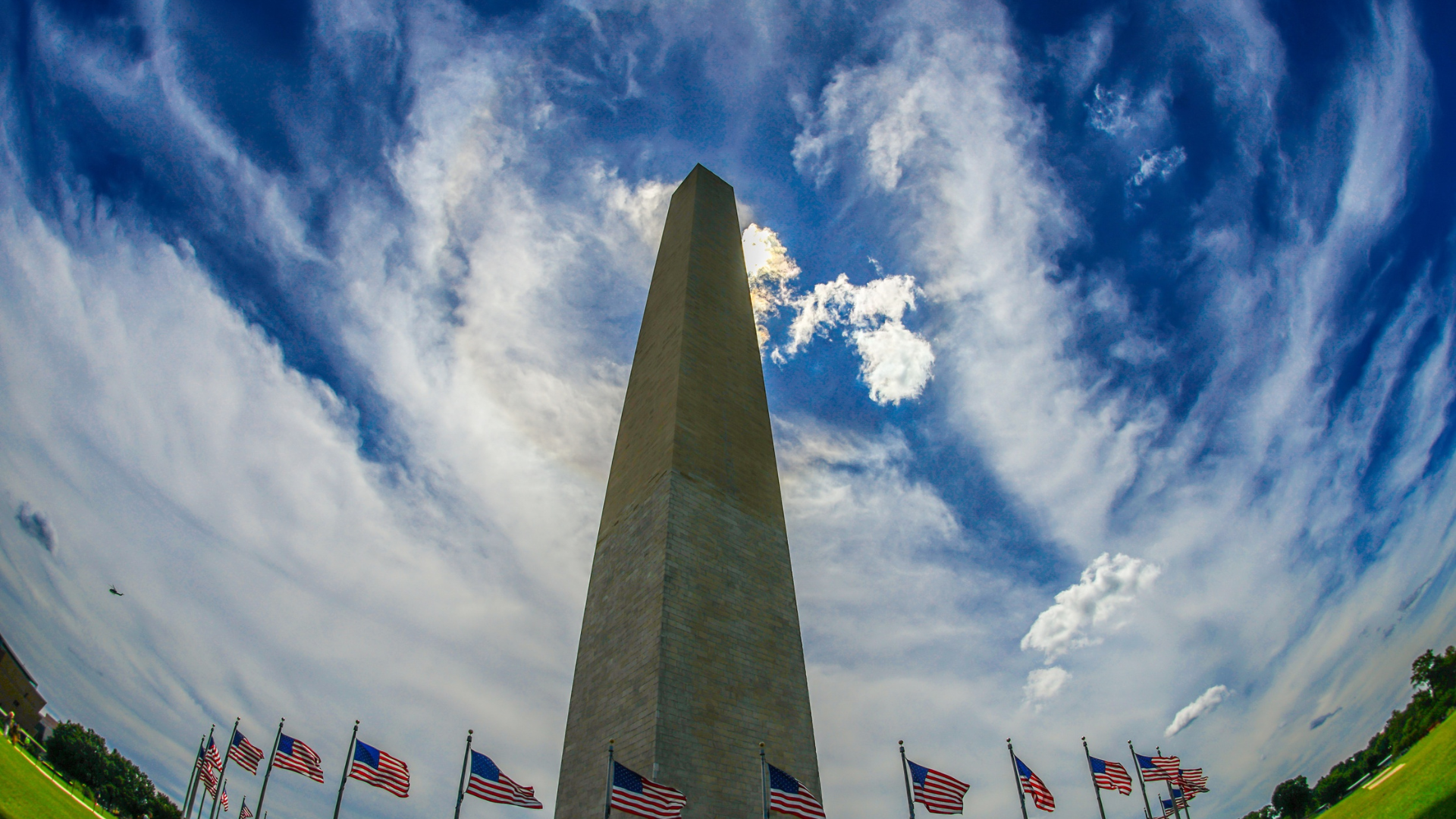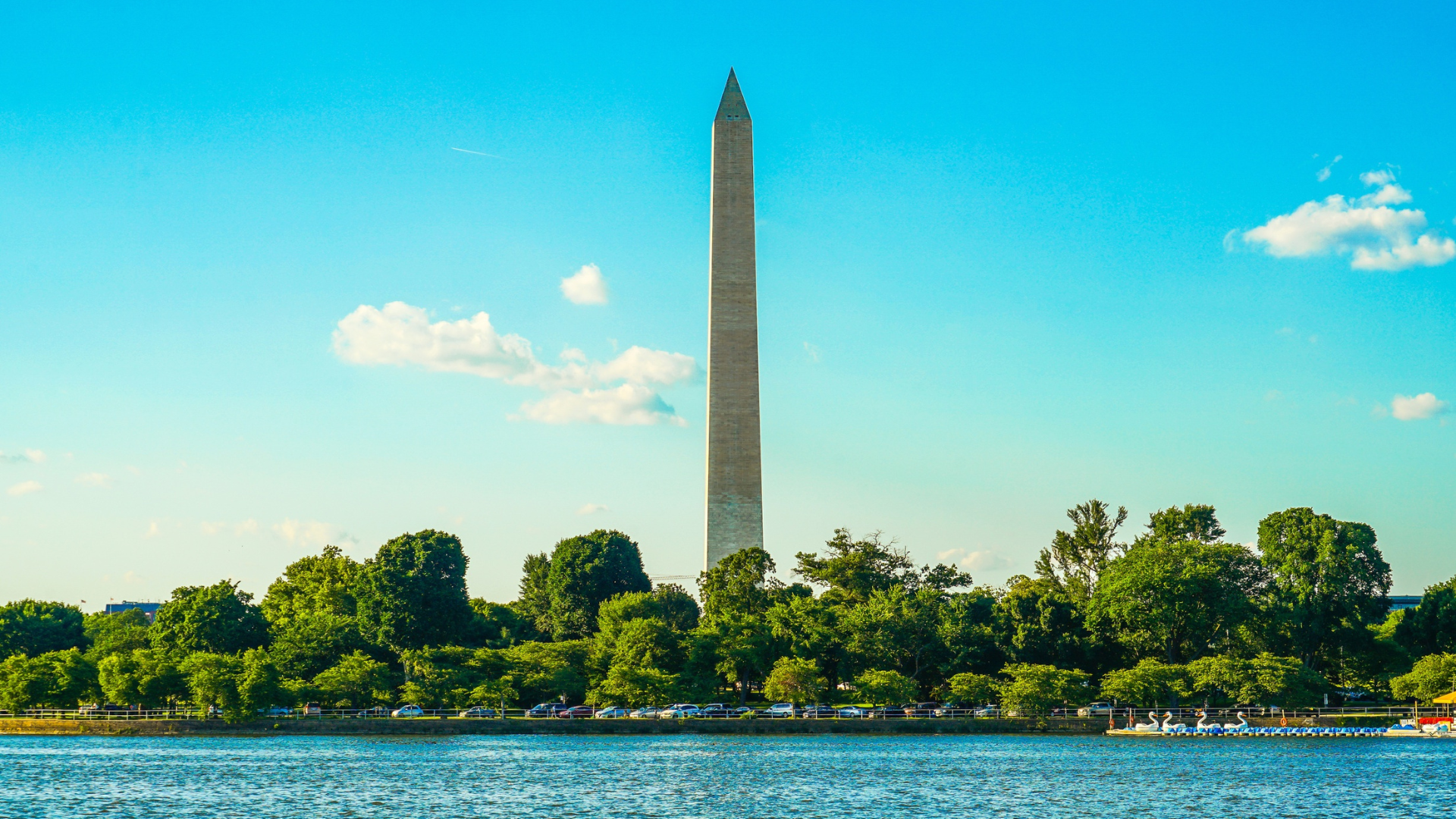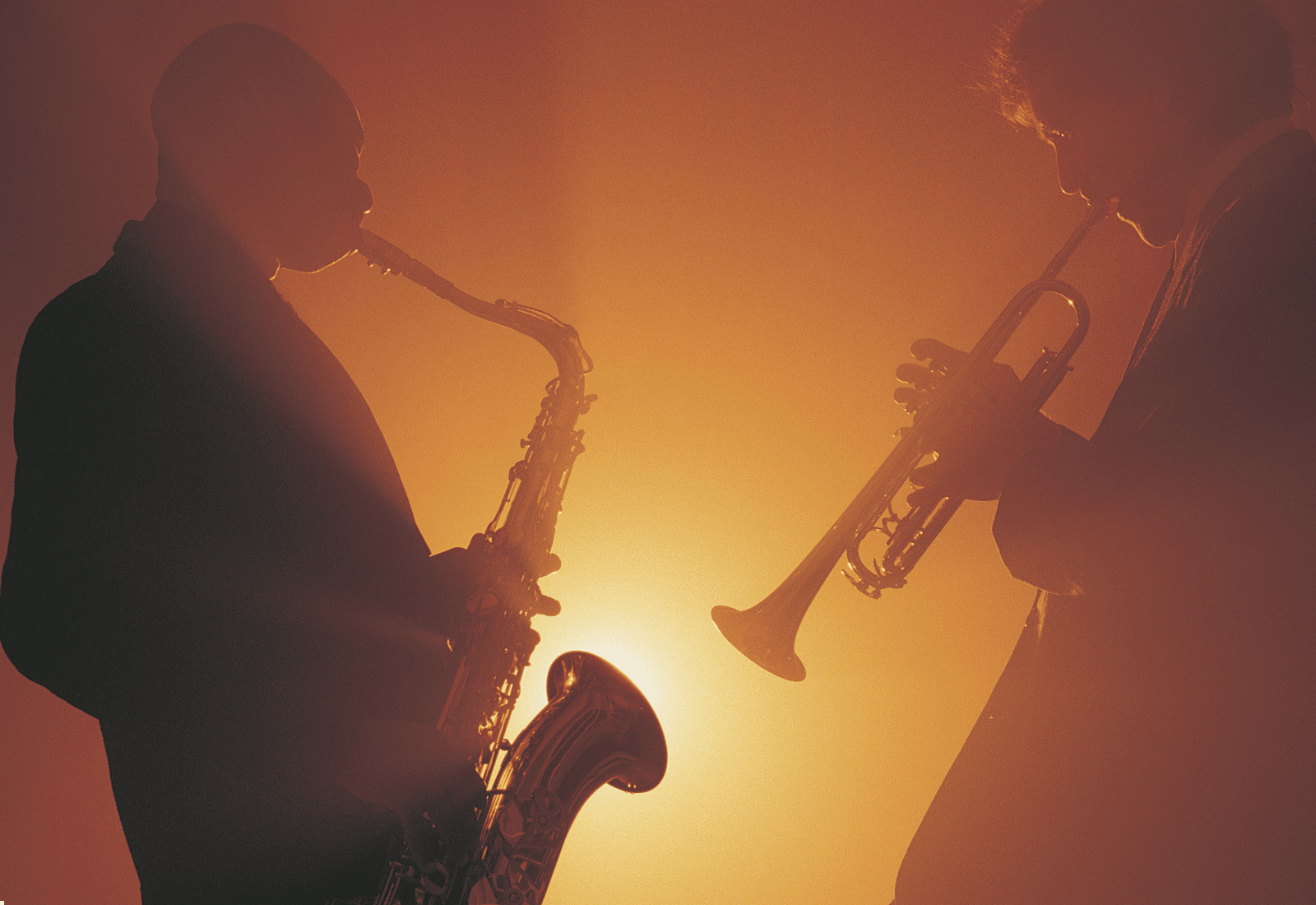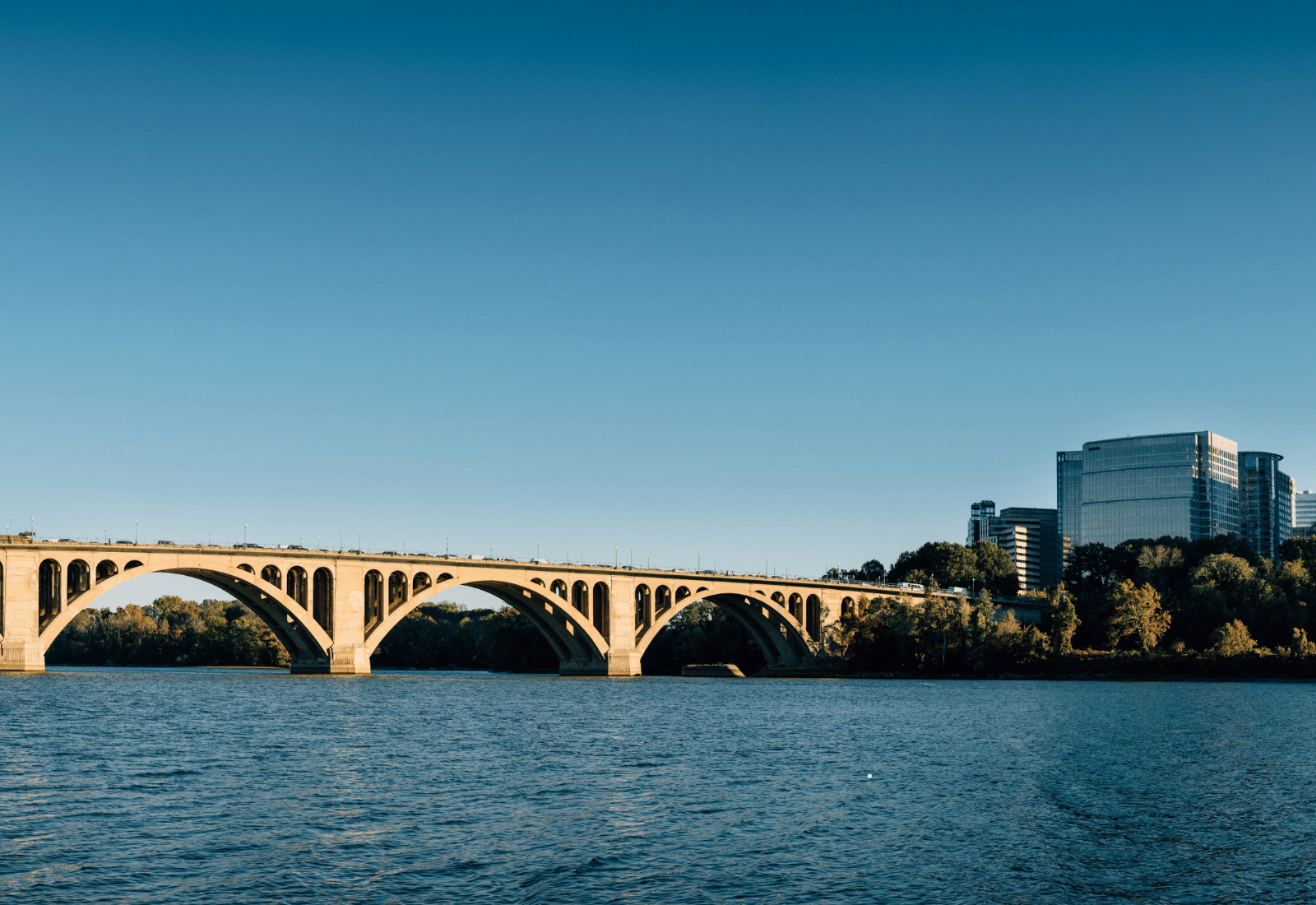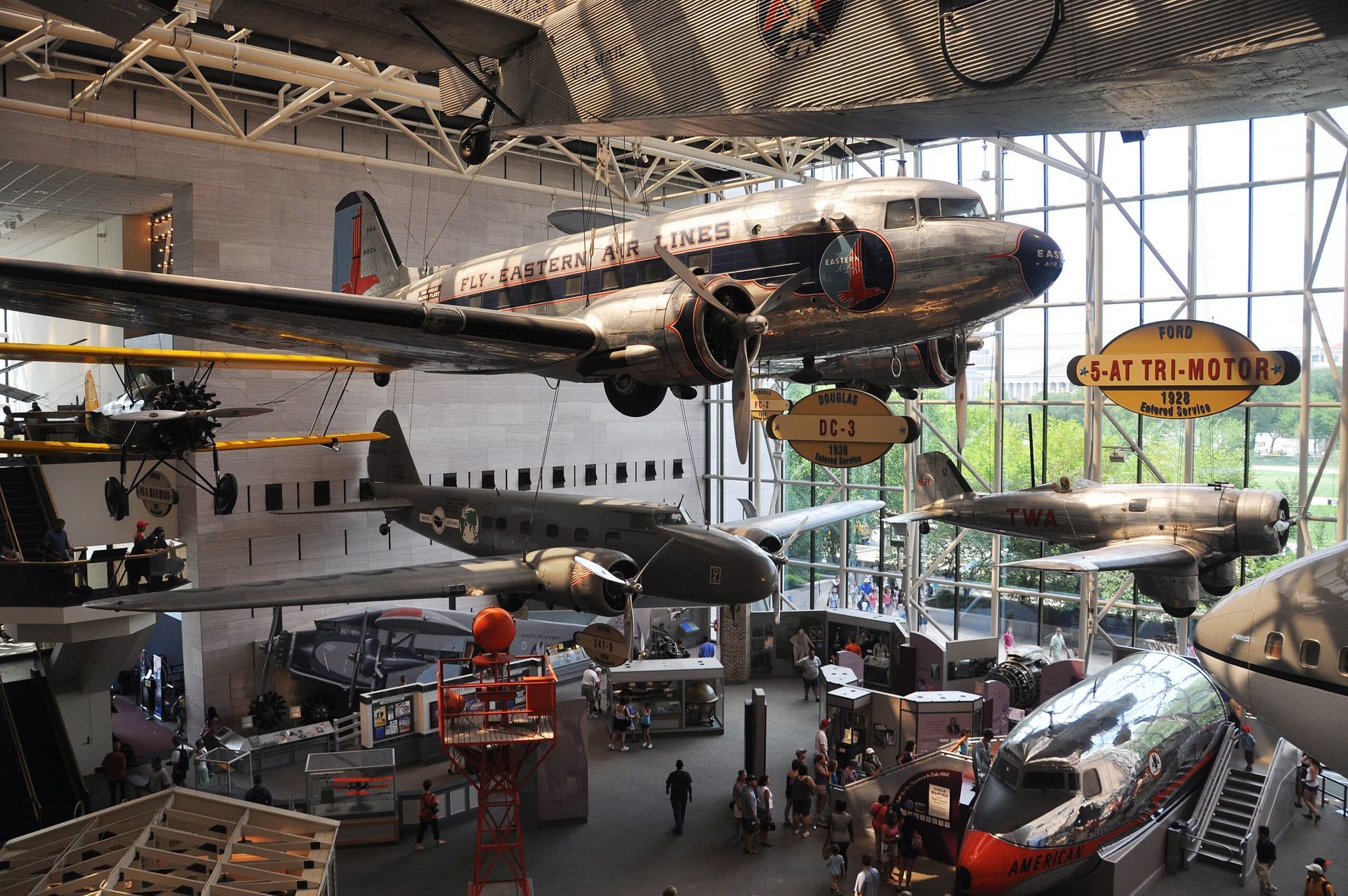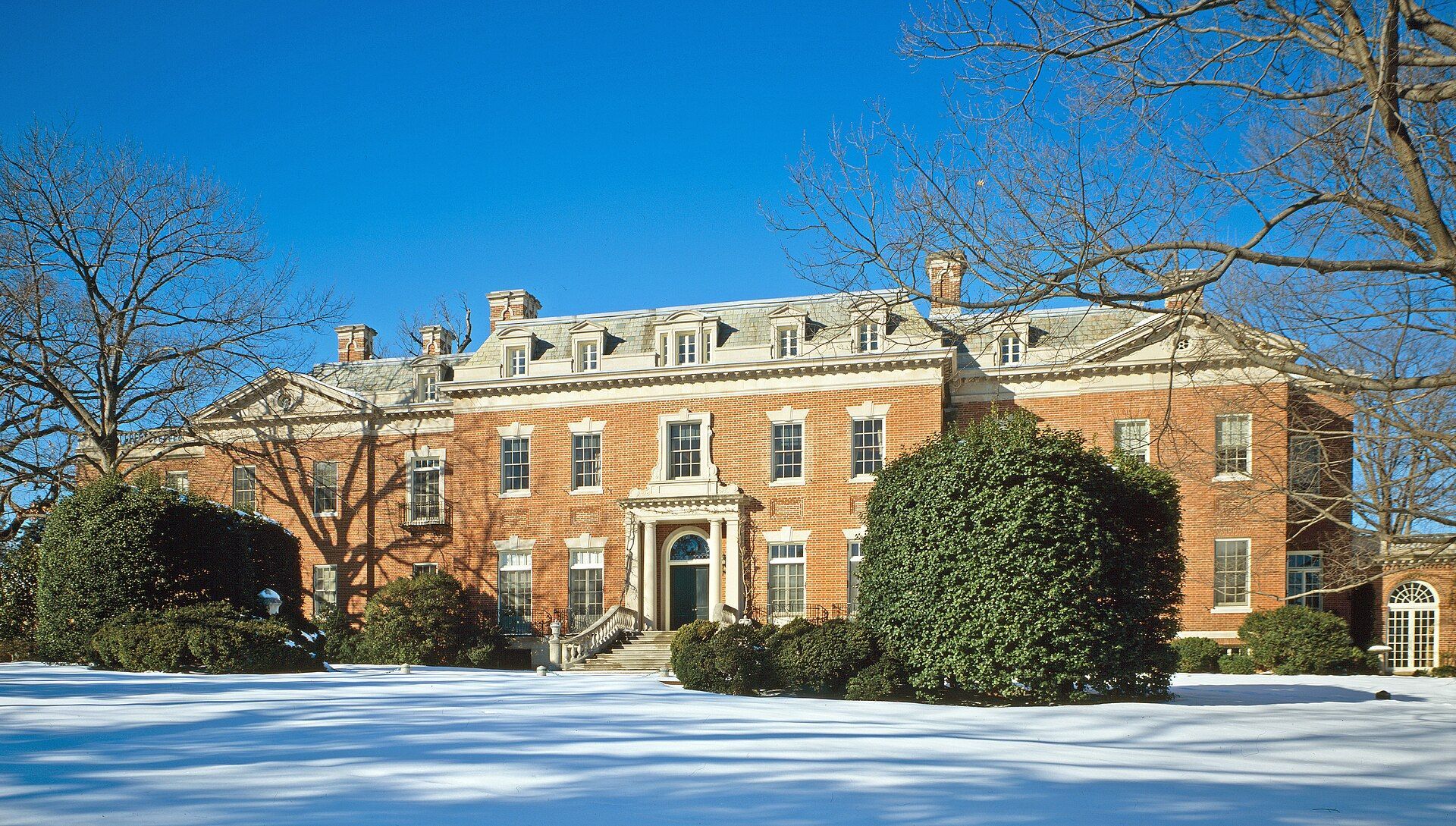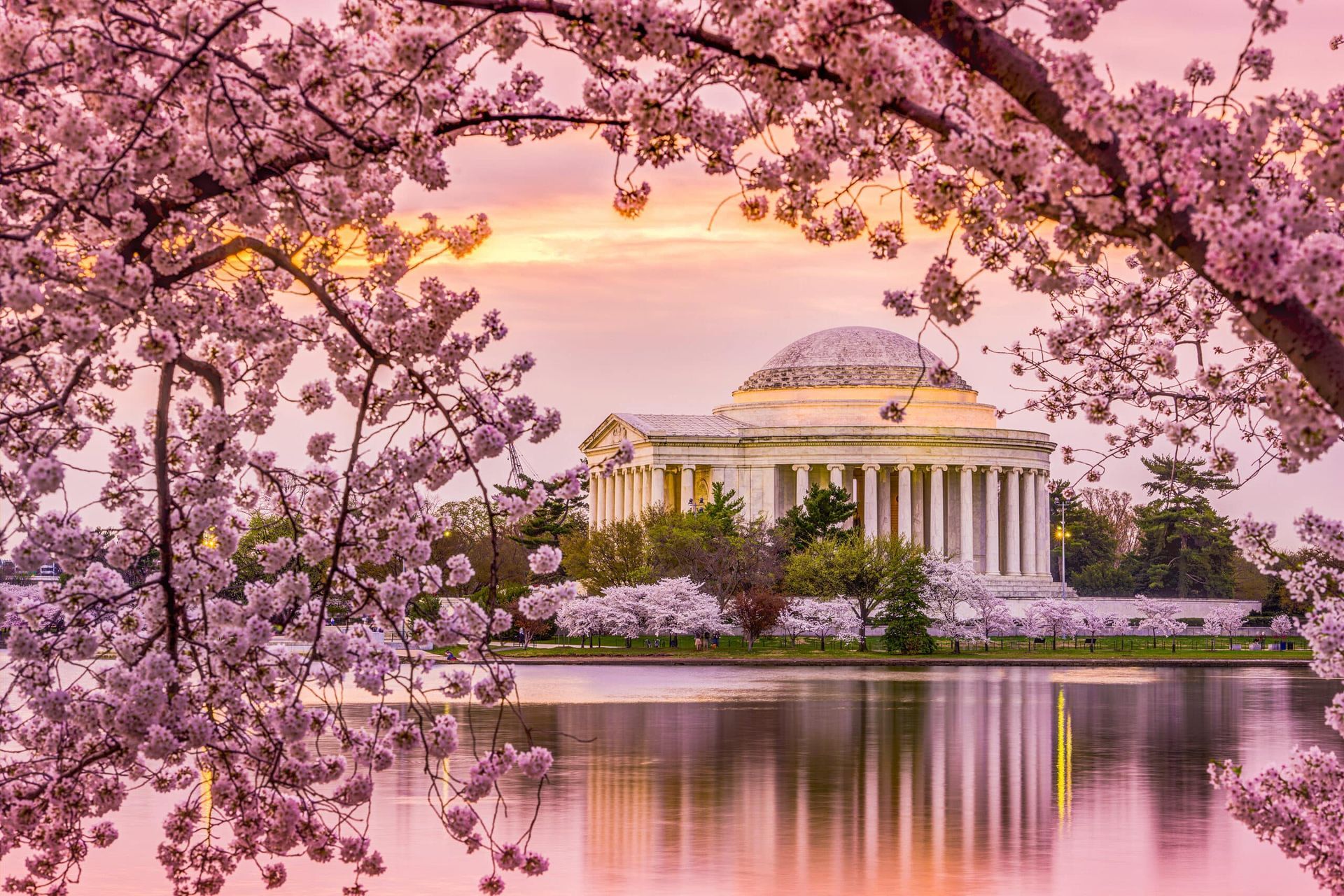Unveiling the Secrets of the Library of Congress

Recent Articles
Washington, D.C., may be known for its spring cherry blossoms and summer tourists, but winter offers a unique and magical experience in the nation’s capital. With its historic landmarks dusted in snow, festive holiday lights, and fewer crowds, winter is the perfect time to explore D.C. Whether you’re interested in history, outdoor activities, or seasonal events, the city has something special to offer during the colder months.
In this guide, we’ll explore some of the top things to do and see in Washington, D.C., during winter.
The History Behind the Library of Congress
Established in 1800, the Library of Congress began with a modest collection of books to serve the needs of Congress. Initially housed in the U.S. Capitol, the library suffered significant losses during the War of 1812 when British forces burned the Capitol building. In 1815, former President Thomas Jefferson offered his personal library of 6,487 books to rebuild the collection, forever shaping the Library of Congress into the monumental institution it is today.
Jefferson’s vision was that the library should not only serve Congress but also provide access to knowledge in all subjects. His broad approach set the tone for the Library’s mission to become a repository for human knowledge. Today, Jefferson’s influence can still be felt in the library’s diverse collections, making it a center of learning and preservation of history.
The Architecture: The Thomas Jefferson Building
The most famous part of the Library of Congress is undoubtedly the Thomas Jefferson Building, which opened in 1897. This building is a work of art in itself, with its Renaissance-style architecture, soaring ceilings, and intricate murals. Many visitors come just to marvel at its splendor, but there are hidden gems within this architectural masterpiece that you may not immediately notice.
- The Great Hall: The main entrance to the Thomas Jefferson Building opens into the breathtaking Great Hall, which is adorned with mosaics, sculptures, and marble columns. Look closely at the ceiling and you’ll see a beautiful stained-glass skylight that floods the hall with light during the day.
- The Gutenberg Bible: On display in the Great Hall is one of the few remaining copies of the Gutenberg Bible, the first book printed using movable type in Europe. This priceless artifact represents a monumental moment in the history of printing and knowledge dissemination.
- The Minerva Mosaic: One of the building’s standout features is the mosaic of Minerva, the Roman goddess of wisdom, positioned on the second floor. This mosaic is rich with symbolism, representing the connection between wisdom, learning, and the role of the Library of Congress.
Jefferson’s Personal Library: A Legacy Reborn
One of the most fascinating collections within the Library of Congress is Thomas Jefferson’s personal library, which is housed in a special exhibit. After the British burned the original collection during the War of 1812, Jefferson’s vast personal library became the cornerstone for the library’s rebirth. His collection included books on science, philosophy, history, and the arts, demonstrating his belief that knowledge in all subjects should be available to lawmakers.
Today, visitors can explore a recreation of Jefferson’s personal library. While many of the original books were lost in an 1851 fire, the Library of Congress has painstakingly rebuilt the collection, sourcing rare editions to replace those lost. The circular display showcases Jefferson’s eclectic tastes and his view that learning should encompass every field of study.
Key facts about Jefferson’s library:
- It originally contained 6,487 books across a vast array of subjects.
- Jefferson’s books were not organized by topic but by a classification system he created, reflecting his Enlightenment values.
- The restoration project has been ongoing since 2000, with more than 4,000 of Jefferson’s original volumes or their replacements now on display.
The Secret Tunnel Network
Beneath the grand halls and towering shelves of the Library of Congress lies a hidden network of tunnels that connects the library’s buildings to the U.S. Capitol. These underground passageways are not open to the public, but they are an essential part of the library’s operations, allowing staff to move books, documents, and materials between the Capitol, the Jefferson Building, the Madison Building, and the Adams Building.
The tunnels were originally built to facilitate communication between Congress and the library, as well as for the transportation of materials. Staff use special carts to transport rare books, delicate manuscripts, and other items underground, minimizing exposure to outside elements and potential damage. While off-limits to the public, the tunnels have sparked intrigue, adding an element of mystery to the Library of Congress’s behind-the-scenes operations.
The Reading Rooms
One of the most iconic spaces in the Library of Congress is the Main Reading Room, located in the Thomas Jefferson Building. This circular room is crowned by a magnificent dome and surrounded by marble columns and statues of great thinkers from history. The Main Reading Room is where scholars, researchers, and visitors can access some of the library’s most valuable collections.
While the Main Reading Room is the most famous, there are several other specialized reading rooms that cater to specific subjects and interests:
The Law Library Reading Room
Located in the James Madison Memorial Building, this reading room is home to one of the world’s largest collections of legal texts and materials. It is a valuable resource for legal scholars and researchers from around the globe.
Dedicated to the study of Hispanic and Portuguese cultures, this room offers a collection that spans centuries, highlighting the richness of Latin American, Spanish, and Portuguese history and literature.
This room contains rare manuscripts, maps, and books that trace the history and culture of Africa and the Middle East, offering a unique insight into these regions’ contributions to global knowledge.
While the reading rooms are typically used by researchers, guided tours provide a glimpse into their grandeur and the wealth of information they hold.
Rare and Unique Collections: More Than Just Books
The Library of Congress is home to far more than just books. It contains a vast array of collections that cover virtually every medium of knowledge and expression. From maps to movies, the library preserves some of the most important and unique artifacts of human history
- The World’s Largest Map Collection: The Geography and Map Division holds more than 5.5 million maps, including early cartographic works from the 15th century. The collection ranges from ancient maps of the world to detailed military maps used in World War II.
- National Film Registry: The Library of Congress plays a key role in preserving America’s cinematic heritage. The National Film Registry preserves films that are “culturally, historically, or aesthetically significant.” Visitors can explore screenings and learn about the importance of film preservation.
- Historic Manuscripts: The library’s manuscript division houses original letters, diaries, and drafts from some of the most influential figures in history, including Abraham Lincoln, Walt Whitman, and Susan B. Anthony.
The Mystery of the Sealed Vault
One of the most tantalizing secrets of the Library of Congress is the rumor of a sealed vault located somewhere within its walls. According to some, this mysterious vault houses highly sensitive or confidential documents. While little is known about the contents, some speculate that it may include classified government papers, rare artifacts, or restricted access collections.
Whether fact or fiction, the idea of a sealed vault adds to the mystique of the Library of Congress and its role as a protector of knowledge.
In Summary
The Library of Congress is not only a repository of knowledge but also a treasure chest of secrets waiting to be uncovered. From its rich history and stunning architecture to its hidden tunnels and rare collections, the library offers an endless journey of discovery for visitors. Whether you’re a researcher, a history buff, or a curious traveler, exploring the Library of Congress reveals new dimensions of its role in preserving and sharing the world’s knowledge.

